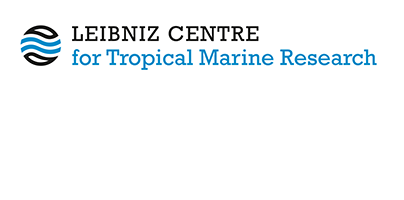Endoscopic exploration of Red Sea coral reefs reveals dense populations of cavity-dwelling sponges.
Richter, Claudio, Wunsch, Mark, Rasheed, Mohammed, Kötter, Iris and Badran, Mohammad I. (2001) Endoscopic exploration of Red Sea coral reefs reveals dense populations of cavity-dwelling sponges. Nature, 413 (6857). pp. 726-730. DOI https://doi.org/10.1038/35099547.
|
Text
Richter.pdf - Published Version Restricted to Registered users only Download (591kB) |
Abstract
Framework cavities are the largest but least explored coral reef habitat1. Previous dive studies of caverns, spaces below plate corals, rubble and artificial cavities1,2,3 suggest that cavity-dwelling (coelobite) filter-feeders are important in the trophodynamics of reefs2,4,5. Quantitative community data are lacking, however, as the bulk of the narrow crevices interlacing the reef framework are inaccessible to conventional analysis methods6. Here we have developed endoscopic techniques to explore Red Sea framework crevices up to 4 m into the carbonate rock, revealing a large internal surface (2.5–7.4 m2 per projected m2 reef) dominated by encrusting filter-feeders. Sponges alone provided up to 60% of coelobite cover, outweighing epi-reefal filter-feeder biomass by two orders of magnitude. Coelobite community filtration removed more than 60% of the phytoplankton in the course of its less than 5-minute passage through the crevices, corresponding to an uptake of roughly 0.9 g carbon m-2 d-1. Mineralization of the largely allochthonous organic material is a principal source of nutrients supporting coral and algal growth. The supply of new material by coelobites may provide a key to understanding the ‘coral reef paradox’—a rich ecosystem thriving in nutrient-poor water.
| Document Type: | Article |
|---|---|
| Programme Area: | PA Not Applicable |
| Research affiliation: | |
| Refereed: | Yes |
| Open Access Journal?: | No |
| DOI: | https://doi.org/10.1038/35099547 |
| ISSN: | 0028-0836 |
| Date Deposited: | 27 Oct 2025 19:00 |
| Last Modified: | 27 Oct 2025 19:00 |
| URI: | https://cris.leibniz-zmt.de/id/eprint/5901 |
Actions (login required)
 |
View Item |





 Tools
Tools Tools
Tools